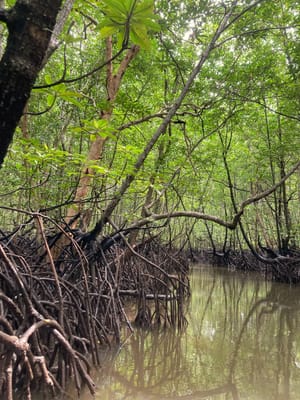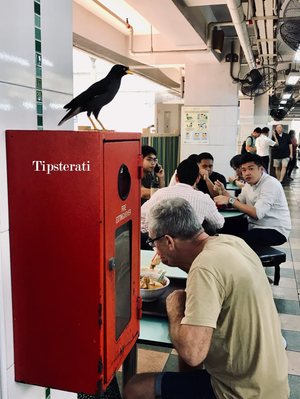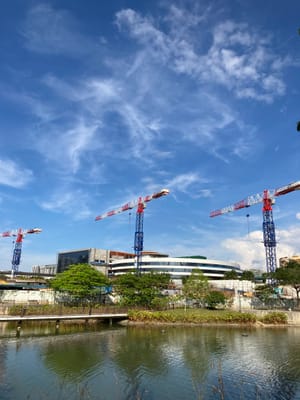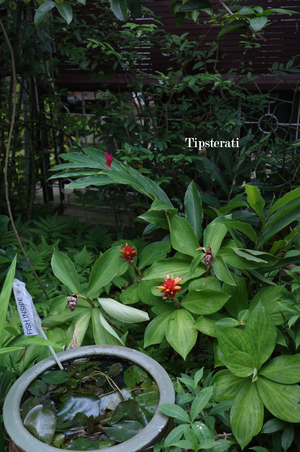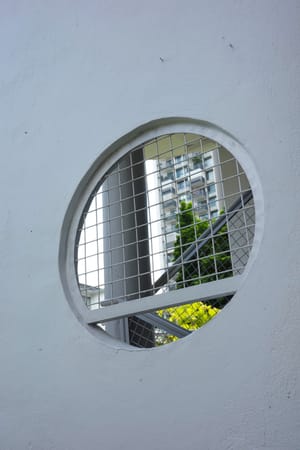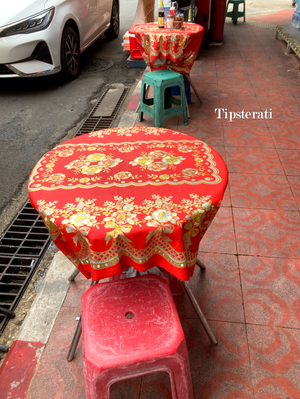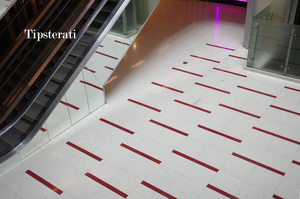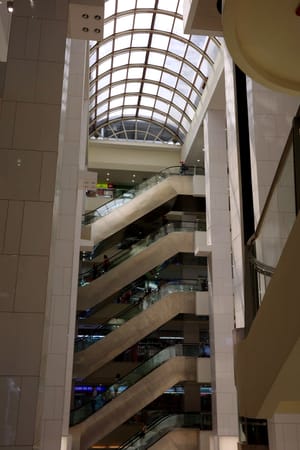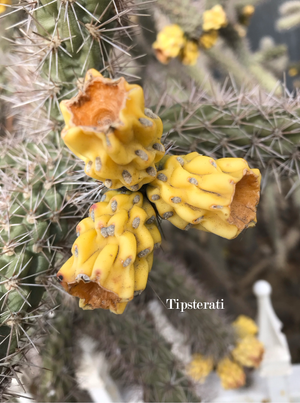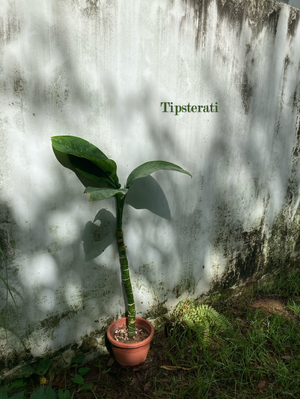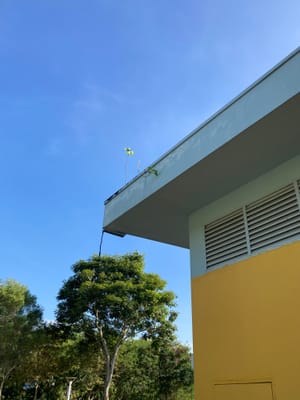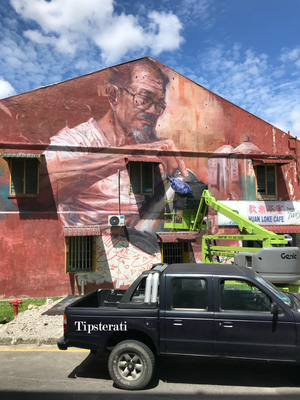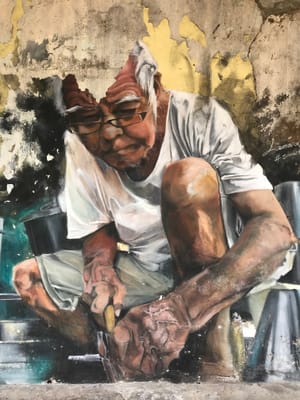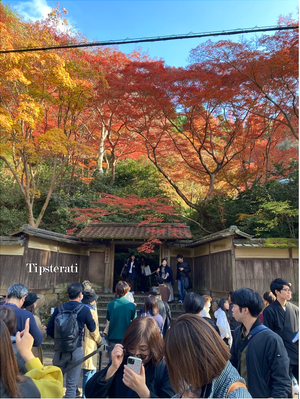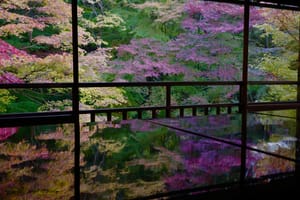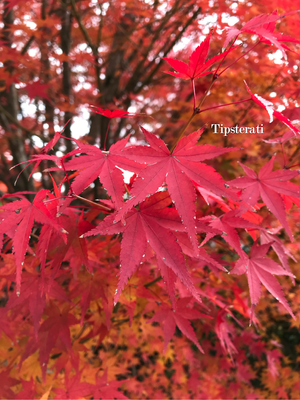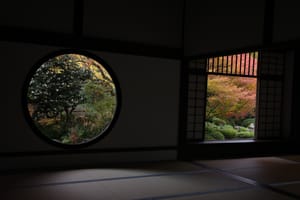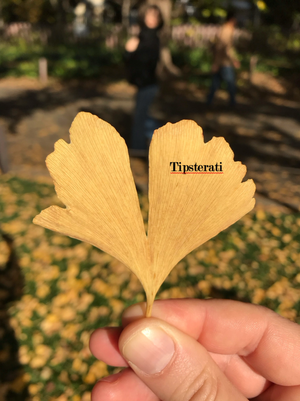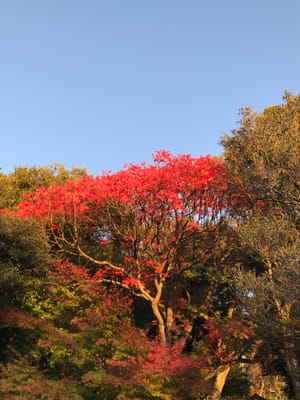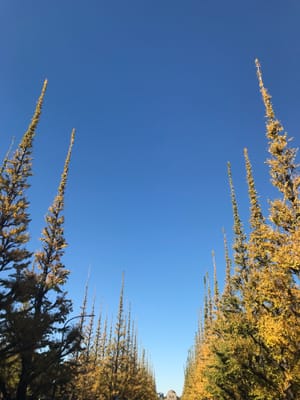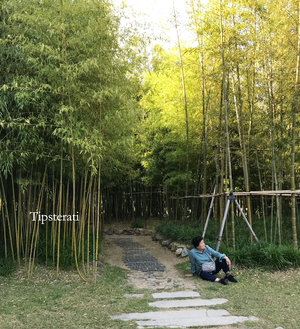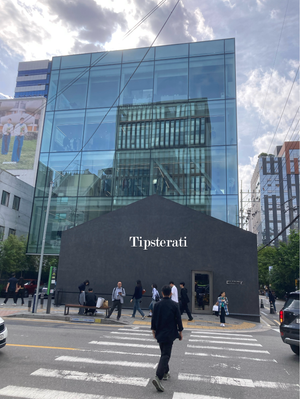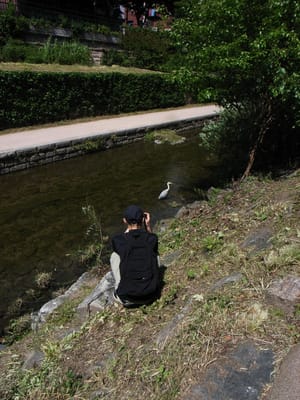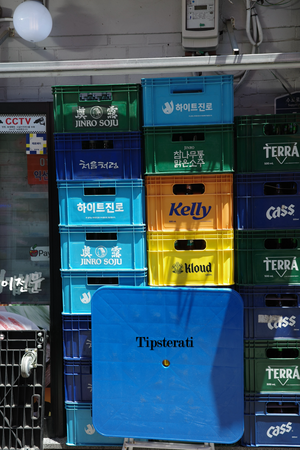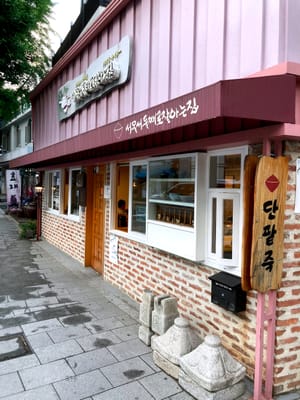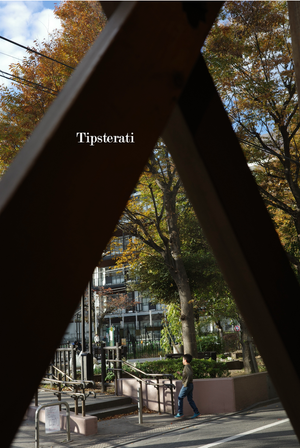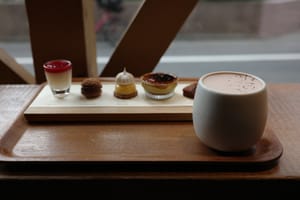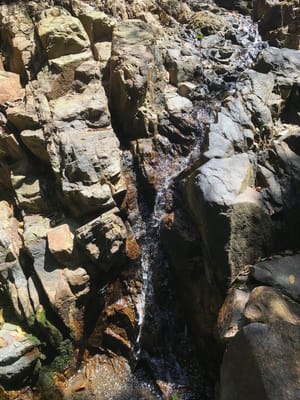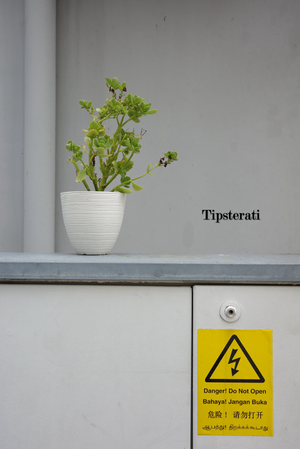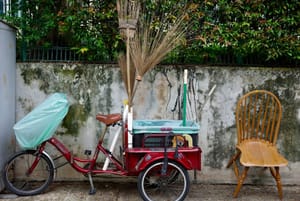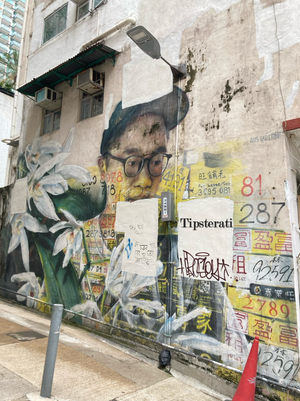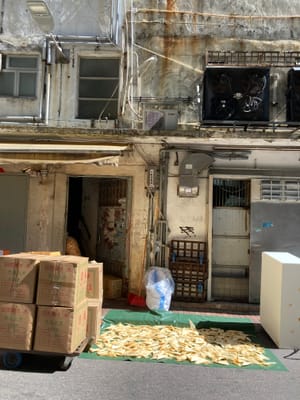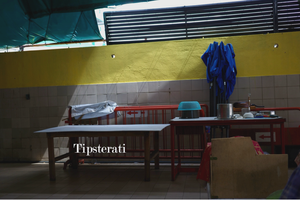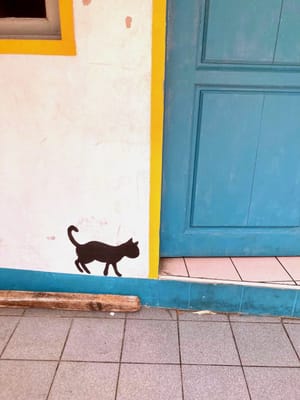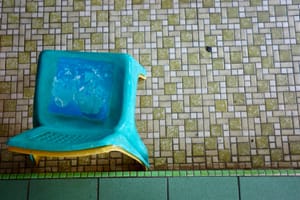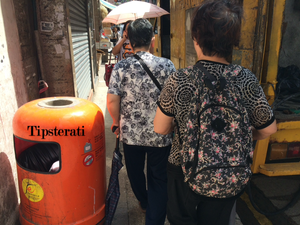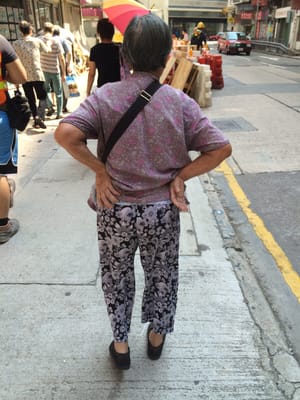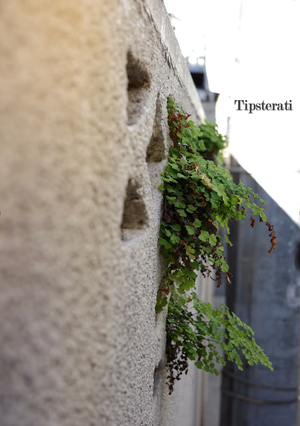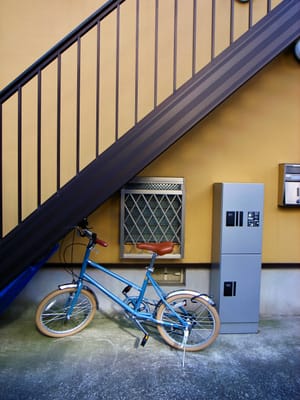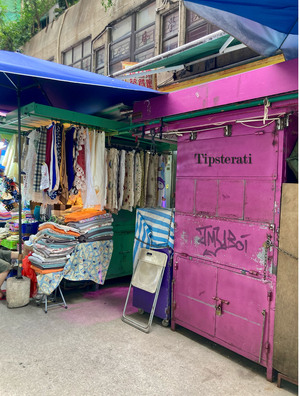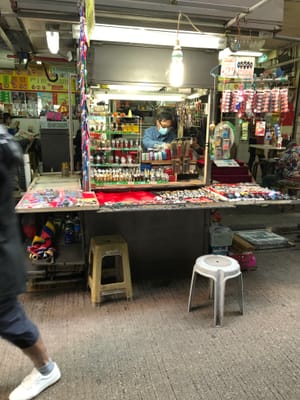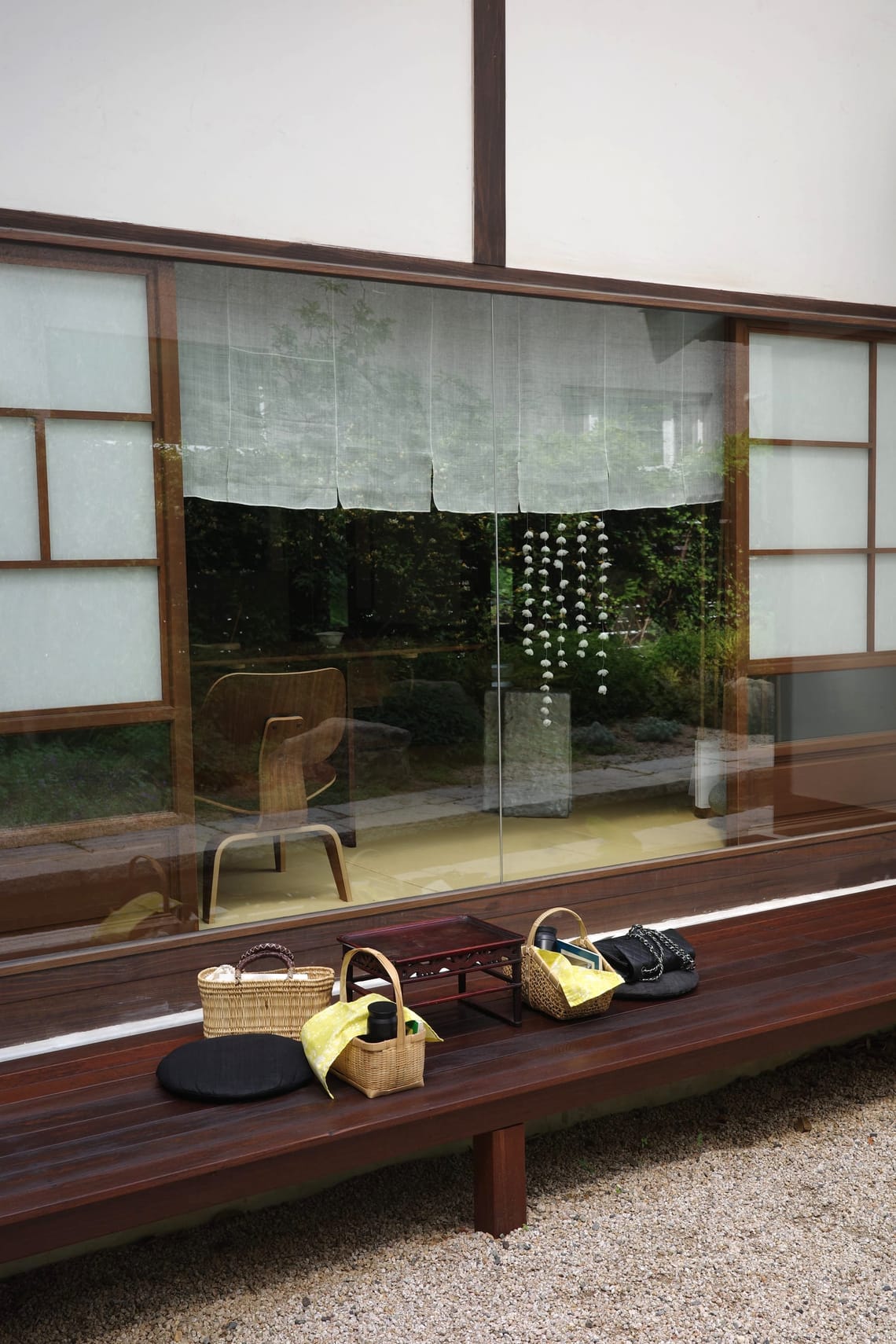
Pause: Ochoryang
The pressure to be on the constant move when travelling is strong. To choose to stop and do seemingly nothing is perceived as a touch perverse: you’ve come all this way to a new country and you will just stay put? When there is so much to see and do?
Perhaps it is age. I no longer have the physical stamina to traipse from one tourist site to another, competitively squeezing in as much as possible in a day. Nowadays I value places to rest in between activities: a bench in a shady park on a hot mid-afternoon or a warm, cosy cafe on a brisk winter day. I’m happy to hit pause when I travel, and am even happier to schedule meaningful breaks in my day to sit and let my thoughts drift.
So, this is how I have come to be in Ochoryang, a Japanese-style house in Busan built in 1925 by the Japanese architect Tanaka Hideyoshi, and wonder: what would it have been like to build this house and live a Japanese life in Japanese-occupied Korea? In a Busan finally rid of their colonisers, how did the new Korean owner of this house feel about it? Is it easier to accept a hated past when in a place as peaceful and beautiful as this? Or is it better to raze and erase Busan’s Japanese past completely? And as a tourist, what do I feel about this history?
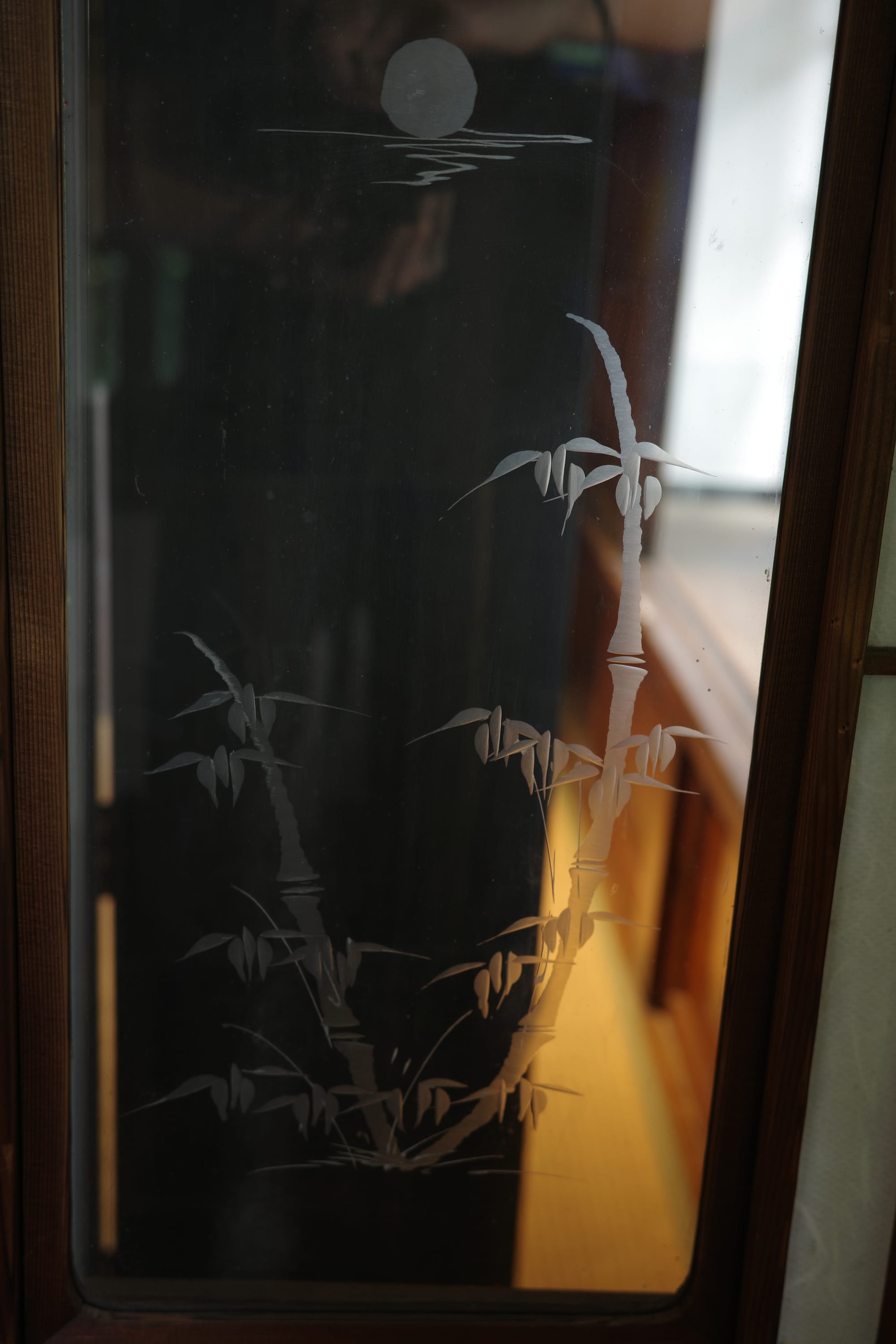
The Japanese enclave that surrounded Ochoryang has gone. The house is now a remnant, an anachronism, a Japanese haven amidst glass and concrete, where you can sip on Korean tea and nibble on traditional Korean confections. Its tranquility makes it hard to focus on an unjust and unhappy past.
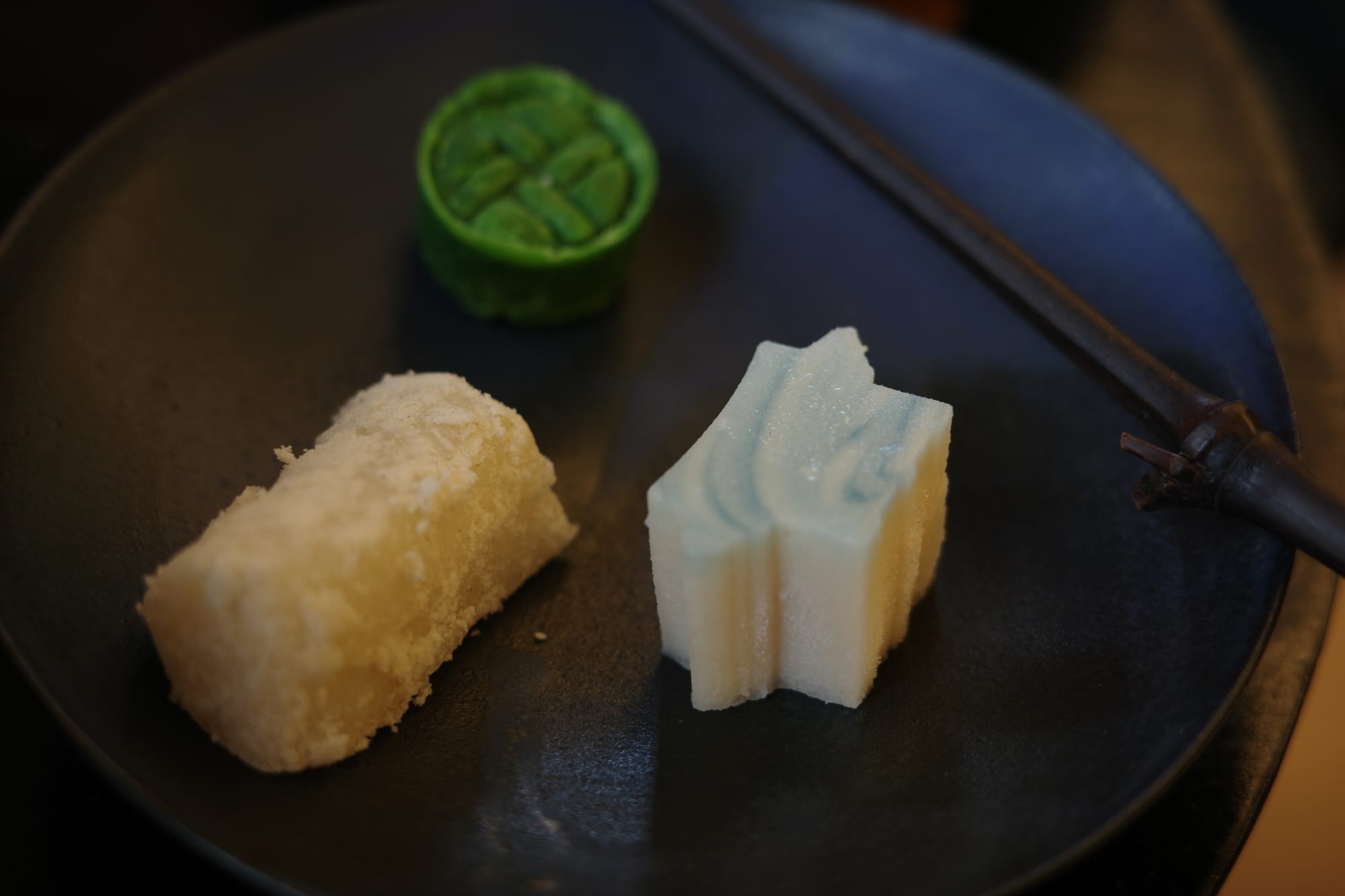
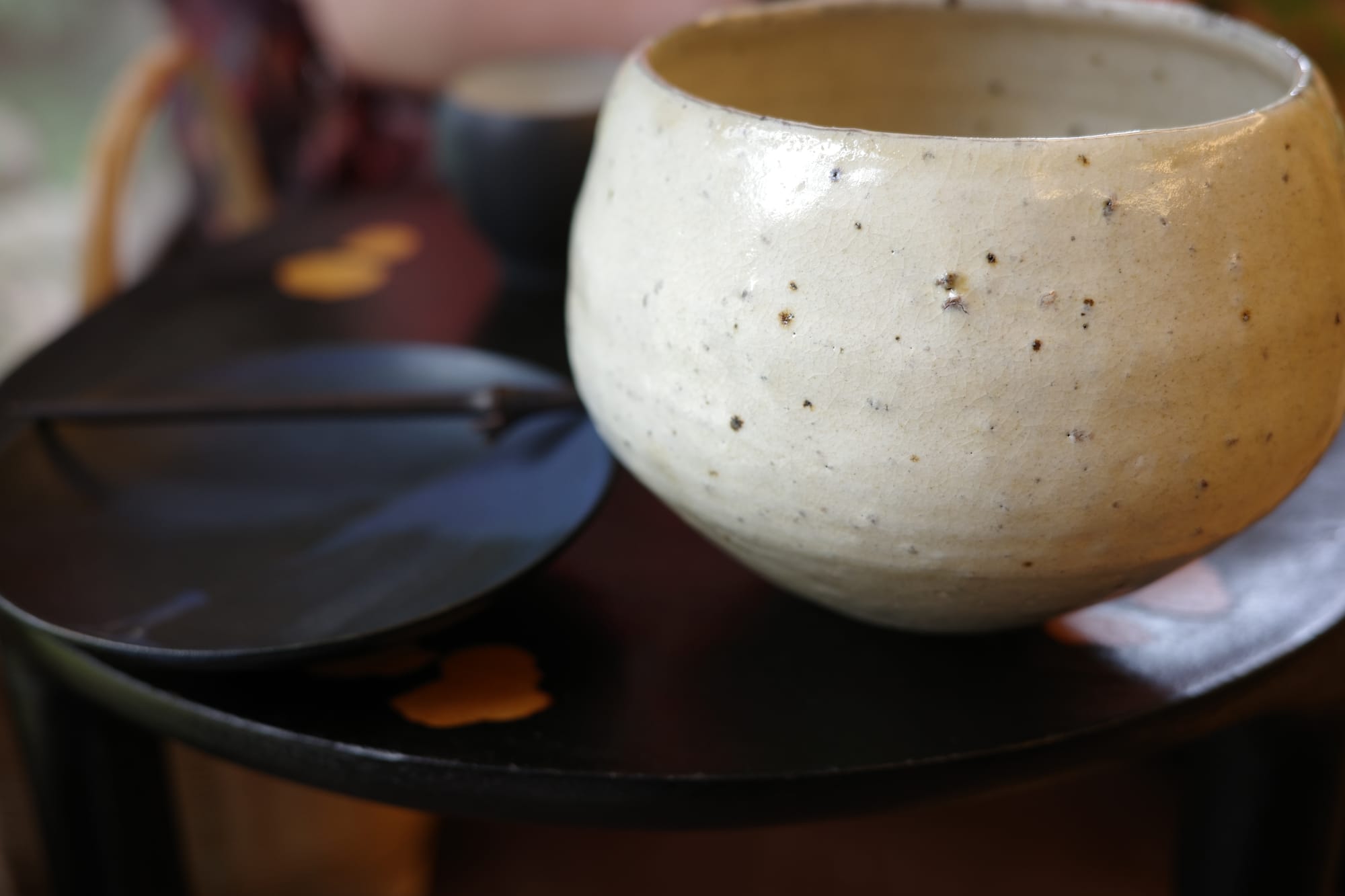
©Wendy Gan 2024:
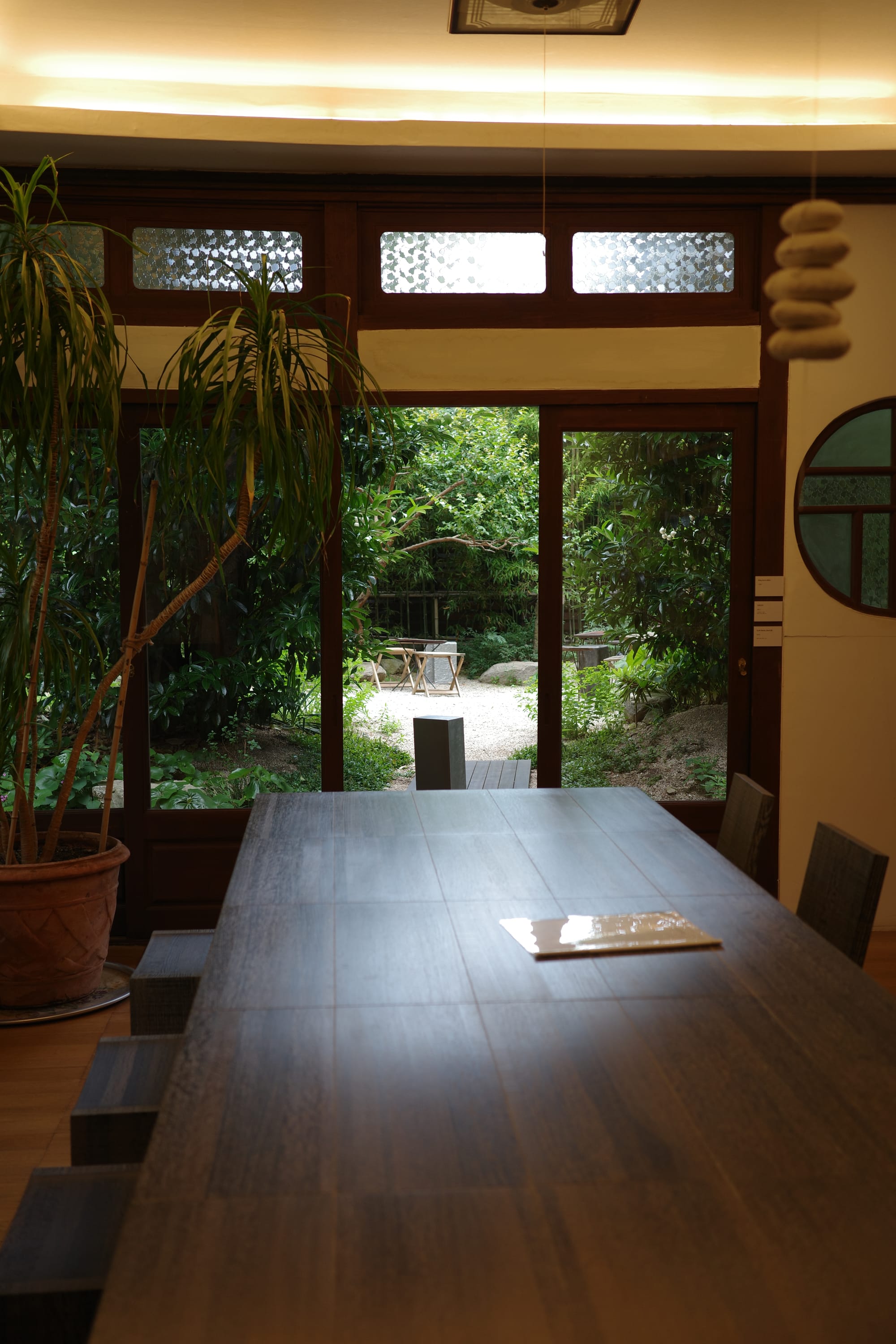
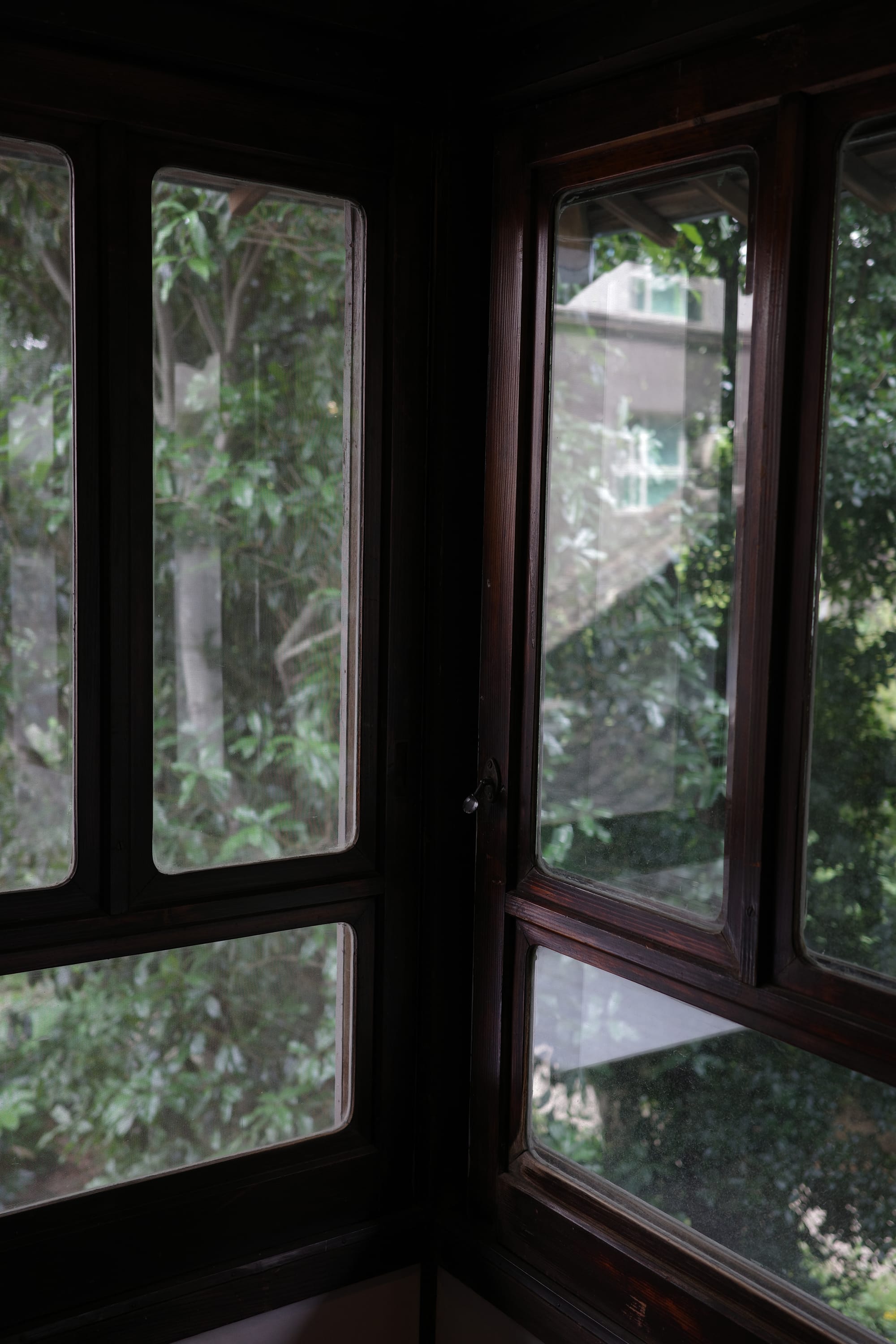
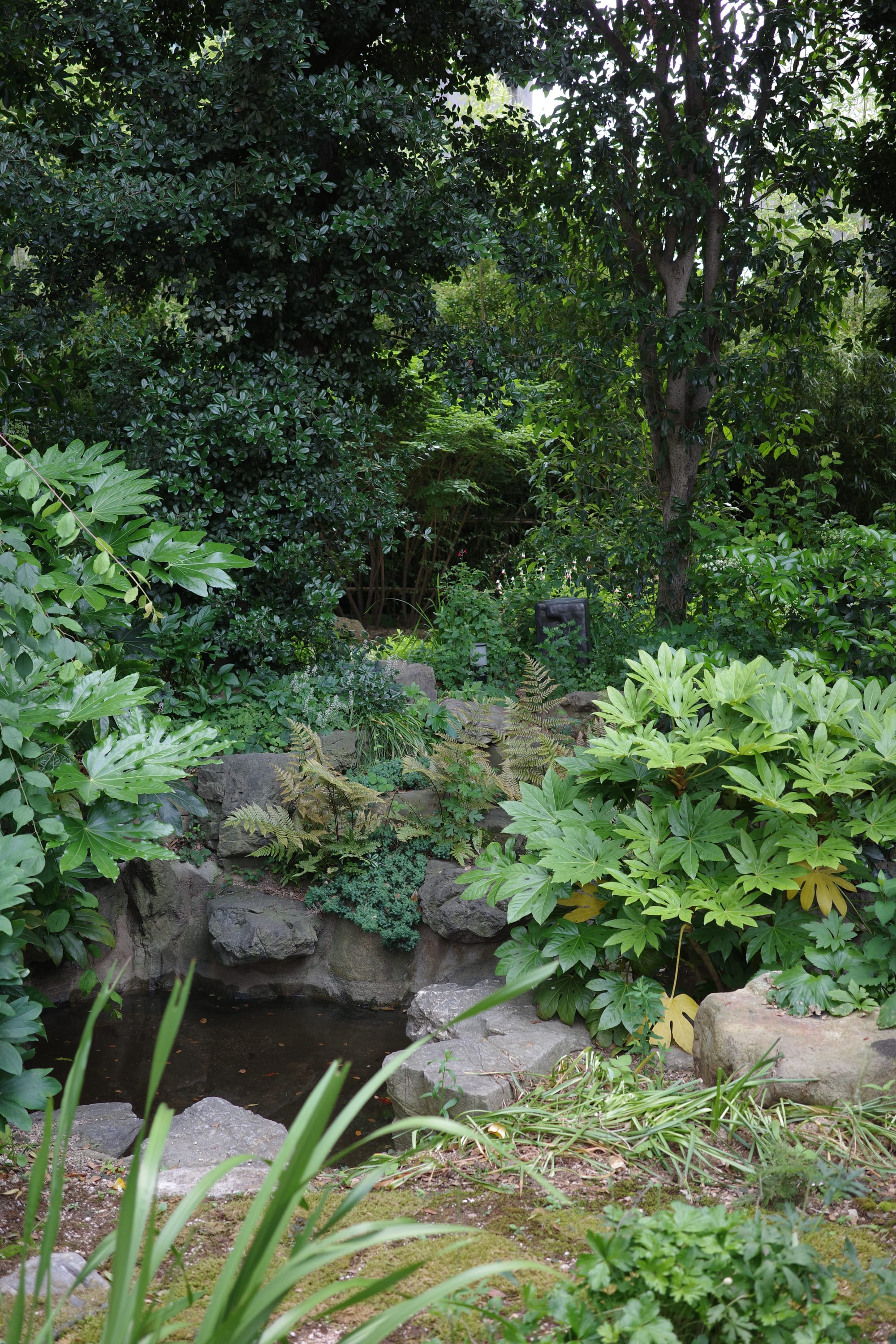
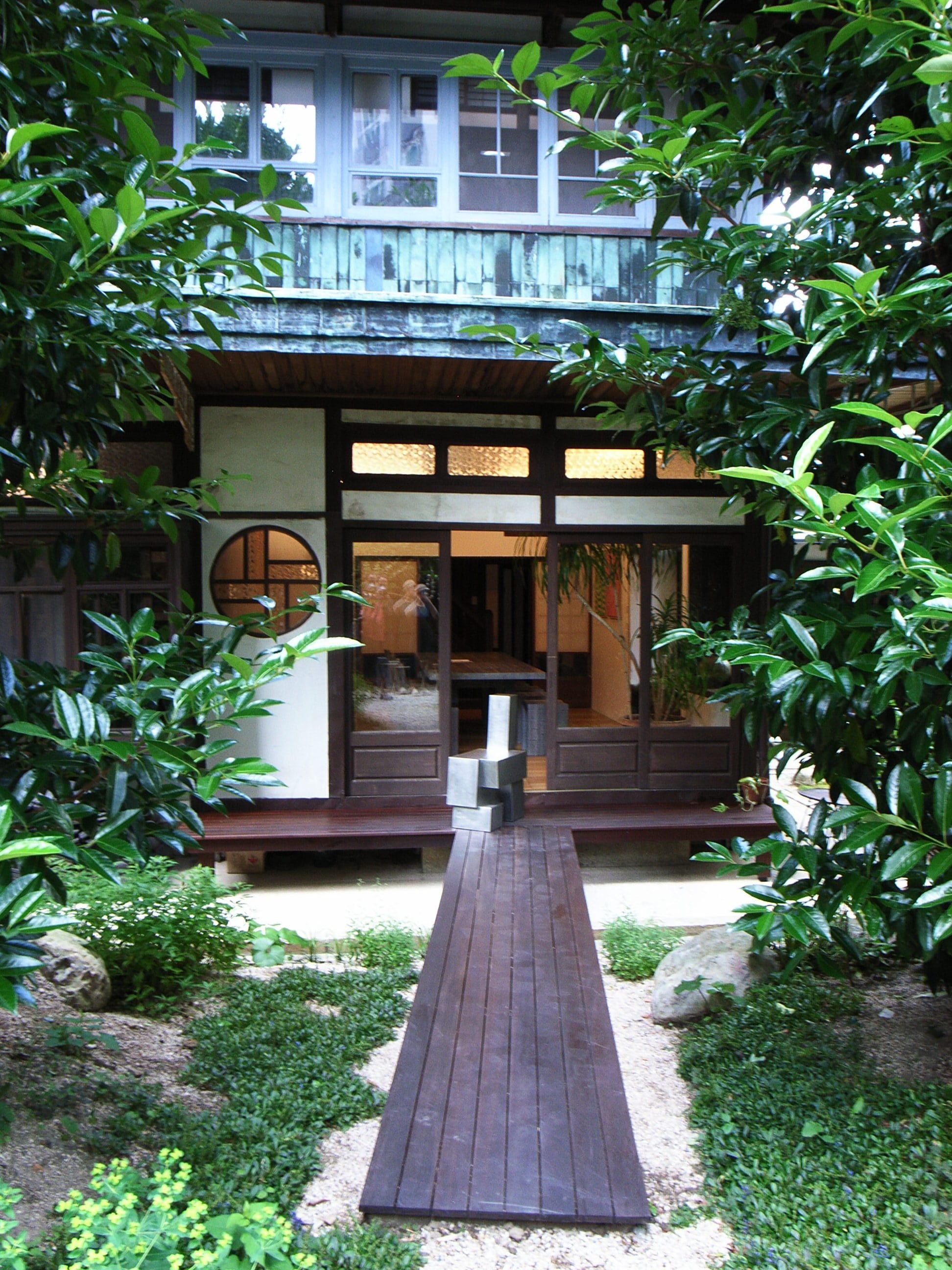
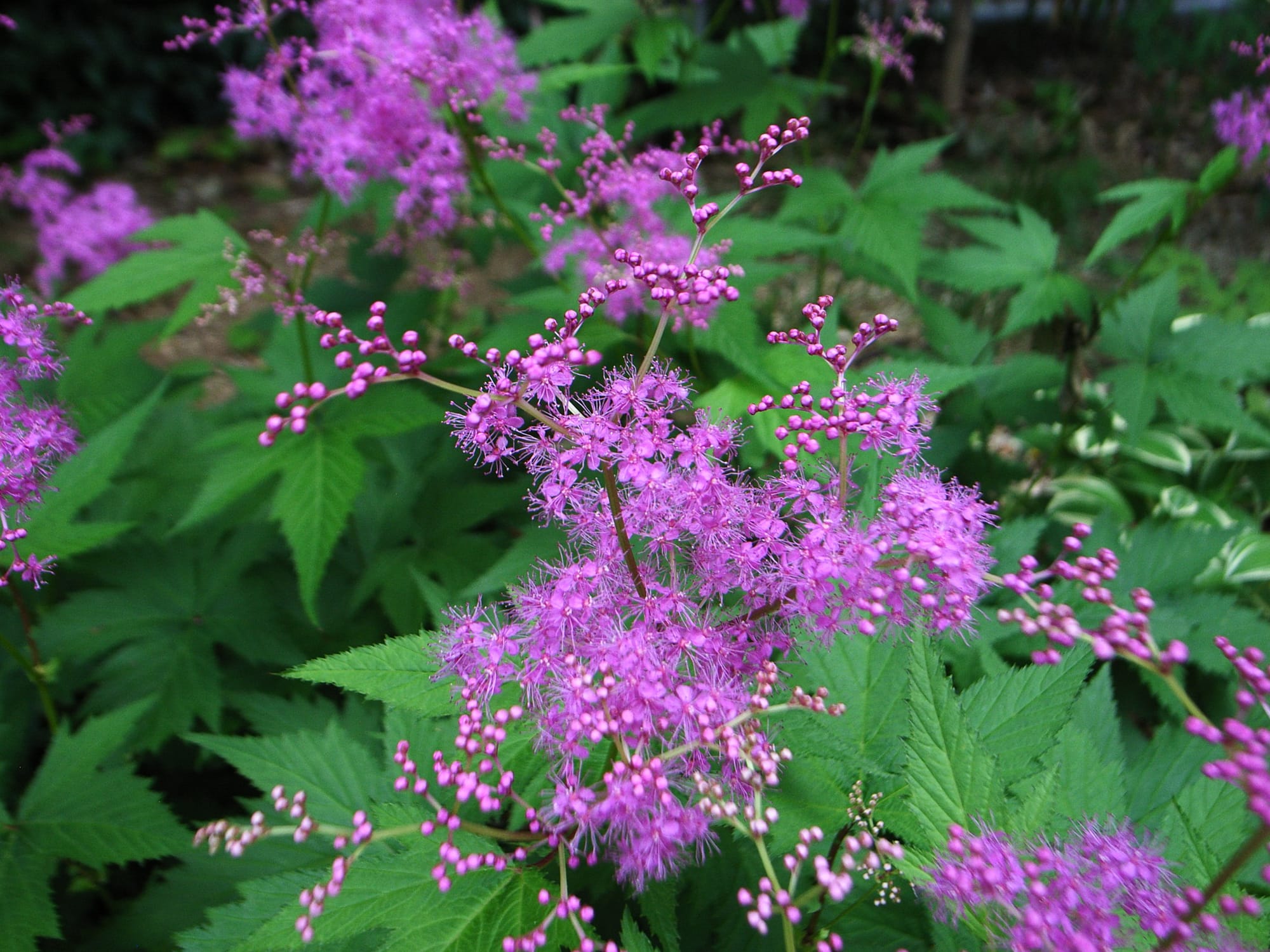
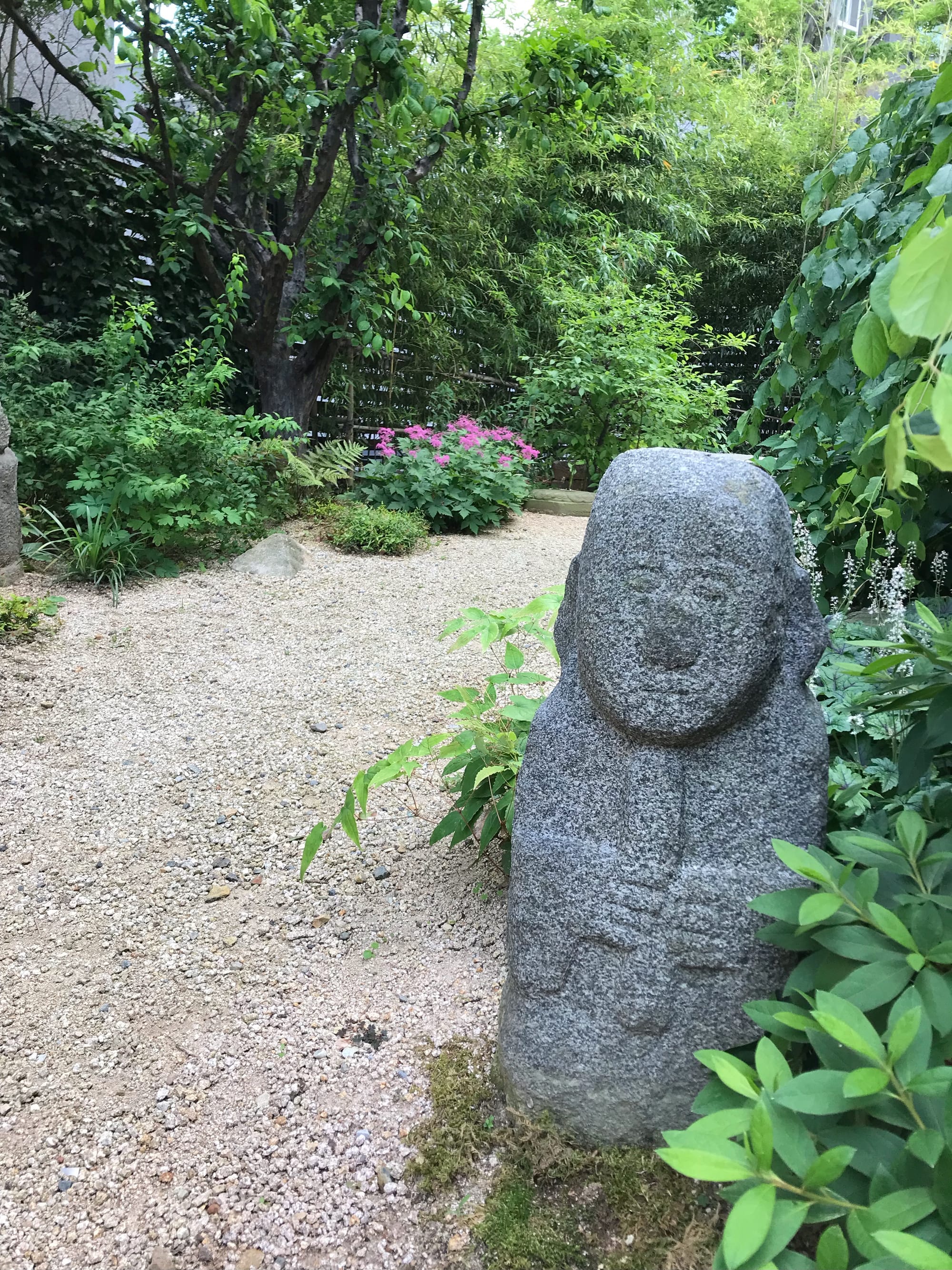
Top row: ©Wendy Gan 2024; Bottom row: ©F.L. Blumberg 2024
Perhaps an ugly period of history has to be acknowledged and then transformed into something good and beautiful. Perhaps trauma can be transcended. Perhaps the house remains to help soothe the pain. There are no clear answers, but Ochoryang invites me to reflect. Perhaps this is enough.

